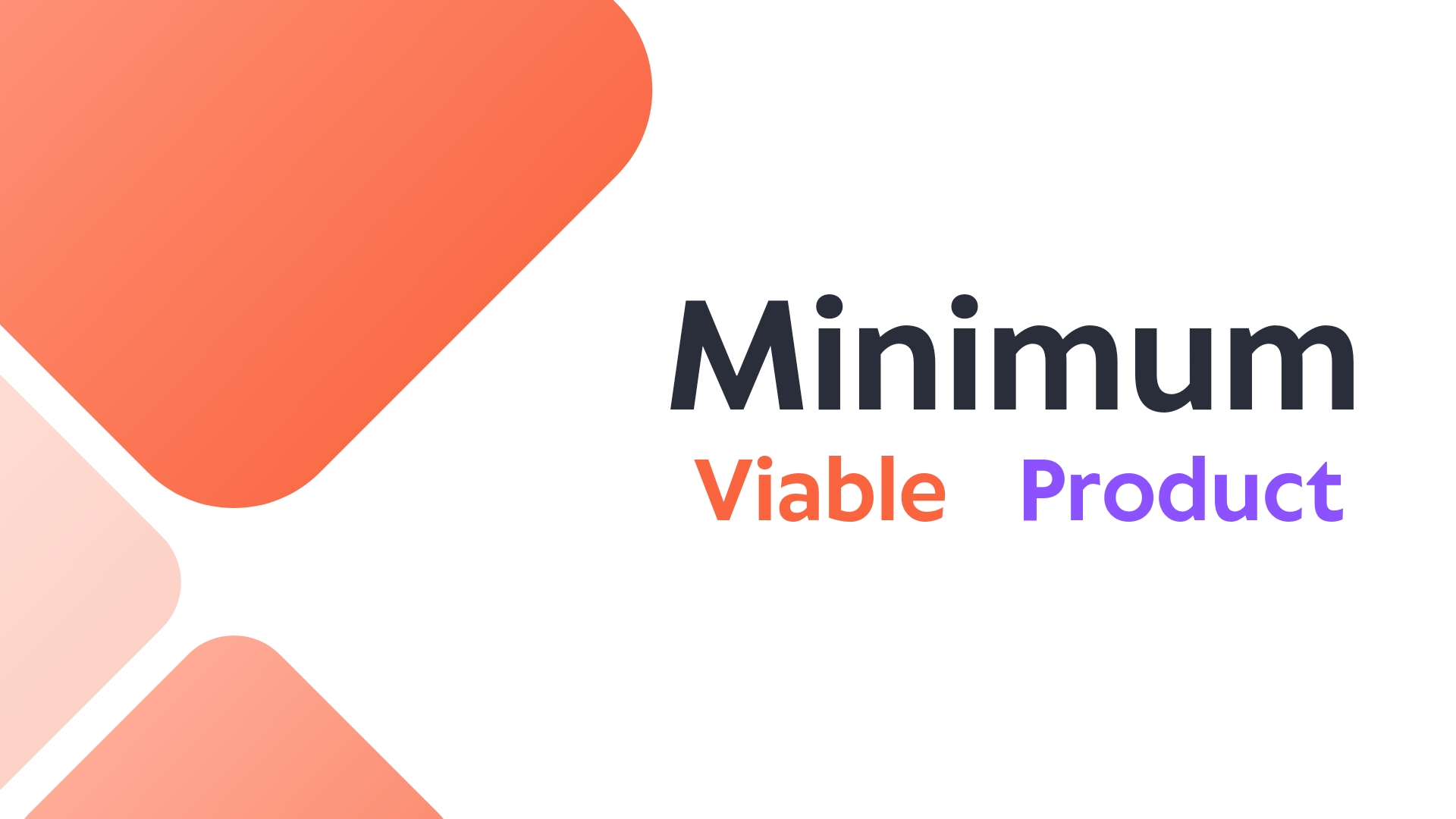What's a Minimum Viable Product (MVP) and Why Does It Matter?
 Md Nayeem
Md Nayeem
A minimum viable product, or MVP, is a version of a product that has enough features to satisfy the needs of the early customers and get feedback for future improvements. An MVP is not a final product, but a learning tool that helps you test your assumptions and validate your ideas before investing too much time and money.
Benefits of an MVP
An MVP can help you achieve several benefits, such as:
Reducing risks: By launching an MVP, you can avoid wasting resources on building something that nobody wants or needs. You can also identify and fix any problems or errors in your product before scaling it up.
Gaining insights: By getting feedback from your target customers, you can learn more about their preferences, pain points, and expectations. You can also measure how they interact with your product and what value they get from it.
Building relationships: By involving your customers in the development process, you can create a loyal and engaged user base. You can also establish trust and credibility with your potential investors and partners.
Iterating faster: By following the build-measure-learn cycle, you can quickly test your hypotheses and make data-driven decisions. Additionally, you may adjust to shifting consumer demands and market situations.
How to Build an MVP
There is no one-size-fits-all formula for building an MVP, but here are some general steps that you can follow:
Define your value proposition: What problem are you solving and how are you solving it? What advantages do you provide, and how do you set yourself apart from the competition?
Identify your target market: Who are your ideal customers and what are their characteristics, behaviors, and needs? How can you reach them and communicate with them?
Choose your core features: What are the essential features that your product must have to deliver your value proposition? What features are excellent to have and can you add them later?
Build your MVP: How can you create a prototype or a mockup of your product with the core features? What tools and technologies will you use? How will you ensure the quality and usability of your product?
Launch your MVP: How will you distribute your product to your target market and get them to use it? What channels and strategies will you use? How will you collect feedback and data from your users?
Analyze and improve your MVP: How will you measure the success and performance of your product? What metrics and indicators will you use? How will you analyze the feedback and data from your users? How will you prioritize and implement the improvements and changes?
Examples of Successful MVPs
Many famous products and companies started as MVPs and evolved over time based on customer feedback and market demand. Here are some examples:
Dropbox: With more than 600 million users, Dropbox is a cloud-based service for sharing and storing files. The MVP of Dropbox was a simple video that showed how the product worked and invited people to sign up for the beta version. The video generated a lot of interest and increased the sign-up rate by 10 times.
Airbnb: Airbnb is an online platform that connects travelers with hosts who offer accommodation in their homes. There are 800 million users and over 4 million hosts on Airbnb. The MVP of Airbnb was a simple website that featured three air mattresses in the founders' apartment and offered breakfast and local hospitality. The website attracted some guests who were attending a conference in San Francisco and gave the founders valuable feedback and validation.
Uber: Uber is a ride-hailing service that connects drivers and passengers through a mobile app. Uber has over 110 million users and operates in over 60 countries. The MVP of Uber was a simple app that allowed the founders and their friends to request a ride from a few drivers in San Francisco. The app proved the demand and feasibility of the service and paved the way for further expansion and innovation.
Conclusion
An MVP is a powerful tool that can help you create a successful product that meets the needs and expectations of your customers. By following the steps and principles of building an MVP, you can reduce risks, gain insights, build relationships, and iterate faster. You can also learn from the examples of successful MVPs and apply their lessons and best practices to your own product.
Subscribe to my newsletter
Read articles from Md Nayeem directly inside your inbox. Subscribe to the newsletter, and don't miss out.
Written by
